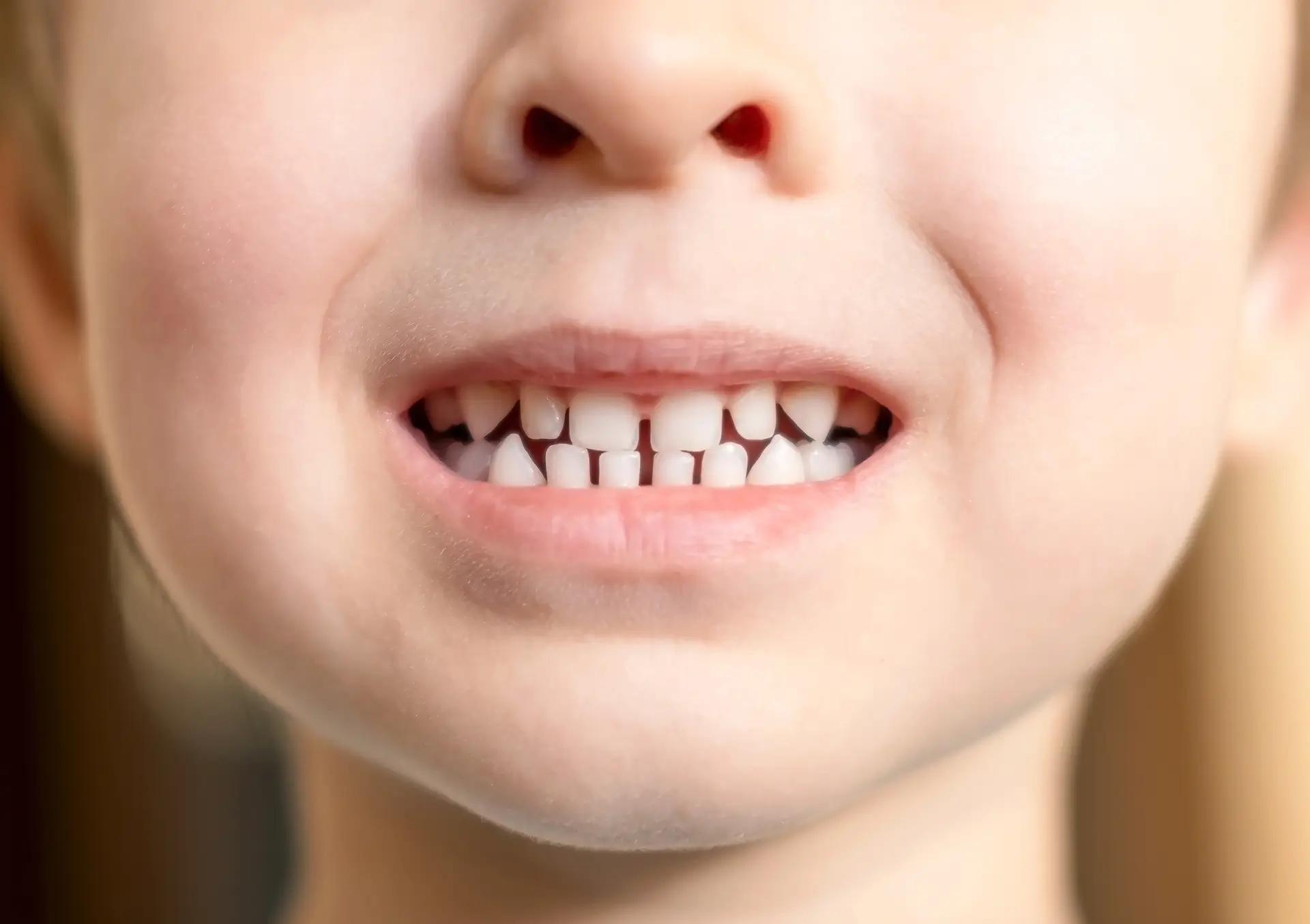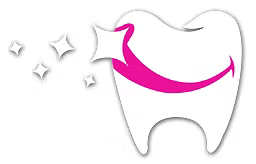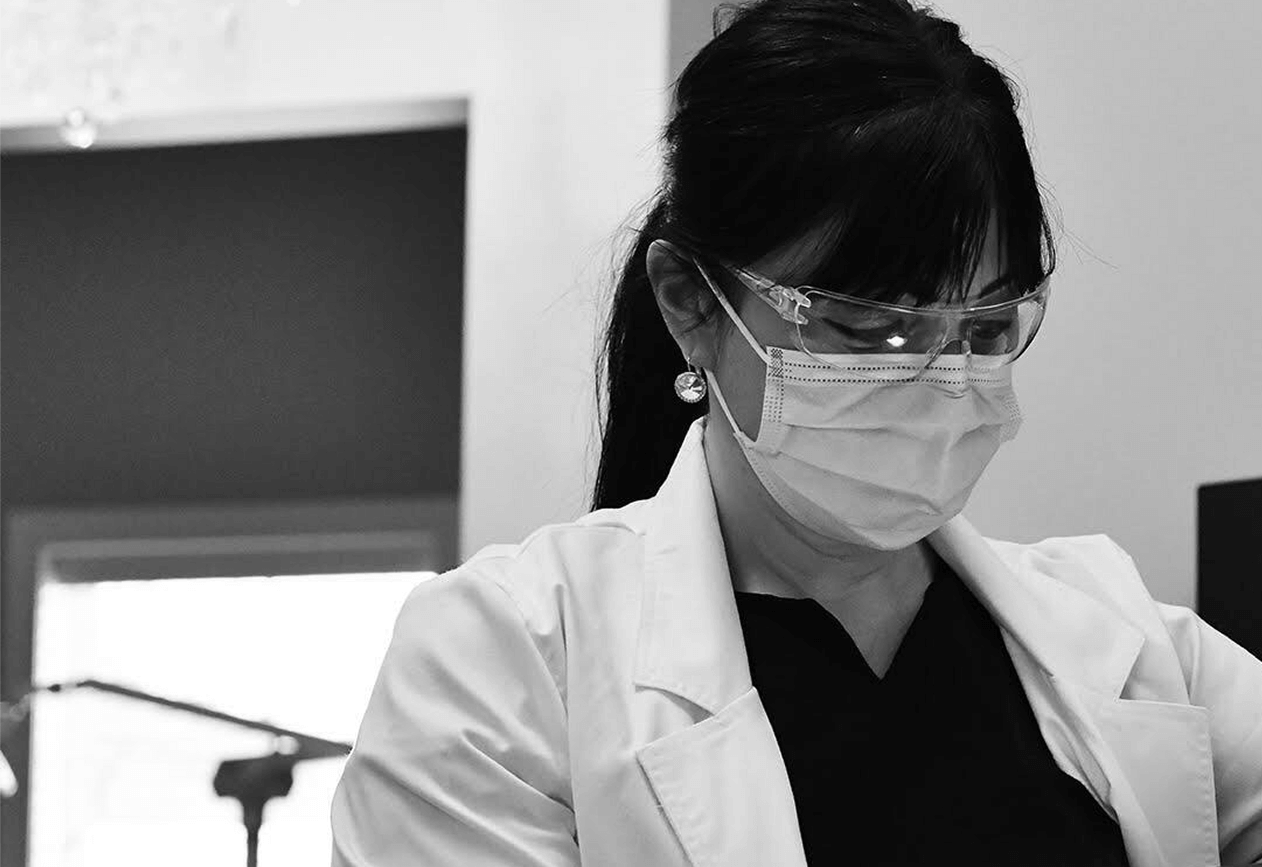Key Differences Between Baby and Adult Teeth
Baby Teeth vs. Adult Teeth: 7 Key Differences Every Parent Should Know
When your child’s first tooth appears, it marks an exciting milestone. But have you ever wondered how these tiny baby teeth differ from the permanent ones that will eventually replace them? Understanding the differences between baby teeth and adult teeth is crucial for parents who want to provide the best dental care for their children.
Baby teeth and adult teeth differ significantly in size, number, enamel thickness, color, and their role in development. These differences aren’t just cosmetic — they have important implications for your child’s oral health, speech development, and overall well-being. Experience Dentistry will explore these key distinctions and why they matter for your family’s dental health.
Key Differences Between Baby Teeth and Adult Teeth
1. Size Variations: Small but Mighty
Baby teeth are considerably smaller than their adult counterparts. The front adult teeth are about twice the width of baby teeth. This size difference is perfectly natural and necessary for a child’s developing mouth.
The smaller size of baby teeth makes sense when you consider that they need to fit comfortably in a child’s jaw. As children grow, their jaw expands to accommodate the larger permanent teeth.
Adult molars also have deeper indentations on their chewing surfaces compared to baby molars. These deeper grooves help adults process more complex foods as their diet expands.
2. Number Count: From 20 to 32
One of the most striking differences between baby teeth and adult teeth is the number of them. Children develop 20 baby teeth, while adults have 32 permanent teeth. This difference exists because children’s jaws are not yet fully developed to accommodate a full set of adult teeth.
The 20 baby teeth include:
- 8 incisors (4 upper, 4 lower)
- 4 canines (2 upper, 2 lower)
- 8 molars (4 upper, 4 lower)
Adult teeth include all the baby teeth types plus additional molars and wisdom teeth, bringing the total to 32 teeth. This expansion allows adults to chew more effectively and handle a wider variety of foods.
3. Enamel Thickness: A Protective Layer
Baby teeth have a thinner layer of enamel compared to adult teeth. Enamel is the hard outer layer that protects teeth from decay and damage. This thinner enamel makes baby teeth more susceptible to cavities and decay, which is why proper oral hygiene is so important from an early age.
The thinner enamel also means that cavities can progress more quickly in baby teeth than in adult teeth. Parents should be especially vigilant about their child’s oral hygiene routine and limit sugary foods and drinks that can contribute to tooth decay.
4. Color Differences: Why Baby Teeth Look Whiter
Baby teeth tend to appear whiter than permanent teeth. This color difference occurs because the thinner enamel of baby teeth allows more of the underlying dentin to be visible. Adult teeth have a more yellow tint due to thicker dentin, which is completely normal and healthy.
Many parents worry when their child’s permanent teeth first erupt because they appear more yellow than the baby teeth. This color difference is natural and shouldn’t cause concern. However, if you notice unusual discoloration or staining, it’s worth discussing with your dentist.
5. Shape and Structure: Built for Different Functions
Baby teeth have distinct shapes that differ from adult teeth. Baby incisors are more square in shape with a flatter biting surface, while adult incisors have more rounded edges with ridges called mamelons. These ridges typically wear down naturally through use.
The shape differences extend to the roots as well. Baby teeth have shorter and thinner roots compared to permanent teeth, as they are designed to be replaced. These shorter roots make it easier for baby teeth to fall out when permanent teeth are ready to erupt.
Why Baby Teeth Matter More Than You Think
Space Holders for Future Smiles
Baby teeth serve as crucial space holders for the permanent teeth developing beneath them. Children’s jaws are not large enough to accommodate a full set of adult teeth, so baby teeth maintain the proper spacing and alignment. When baby teeth are lost prematurely due to decay or injury, neighboring teeth may shift into the empty space, potentially causing crowding issues when permanent teeth try to erupt.
Chewing and Proper Digestion
Baby teeth allow children to chew food properly, which is vital for digestion and proper muscle development in the face and jaw. The ability to break down food effectively helps children get the nutrients they need for healthy growth and development. Without properly functioning baby teeth, children may struggle to eat certain foods, potentially leading to nutritional deficiencies.
Speech Development Foundation
Baby teeth play a crucial role in helping children learn to speak clearly and pronounce words correctly. The position of teeth affects how sounds are formed, and missing or damaged baby teeth can impact speech development. Certain sounds, particularly those requiring tongue-to-tooth contact, depend on having healthy baby teeth in the proper positions.
Supporting Jaw and Bone Development
The presence and proper positioning of baby teeth contribute to the healthy development of the jawbone and facial structure. Baby teeth provide the necessary stimulation for proper bone growth and help establish the foundation for permanent teeth. They also guide the permanent teeth into their correct positions as they erupt.
Professional Dental Care for Every Stage
Experience Dentistry’s focus is on creating a personalized treatment plan tailored to meet your individual needs. We offer initial consultations, exams, and X-rays to ensure any potential issues are identified. We provide comprehensive dental care to patients of all ages, helping them achieve their best smiles.
Dr. Jeanette Linskey-Sanders performs all aspects of general family dentistry, from treating children to geriatric patients. Our services include fillings, crowns, root canals, extractions, full dentures, partial dentures, and bleaching. This comprehensive approach ensures your family receives consistent, high-quality care throughout every stage of dental development.
Having a dental team that understands the unique needs of both baby teeth and adult teeth ensures that your child receives appropriate care at every stage. From the first tooth to the final adult molar, professional guidance helps protect your family’s oral health. Contact us today to schedule a consultation for your teeth.




